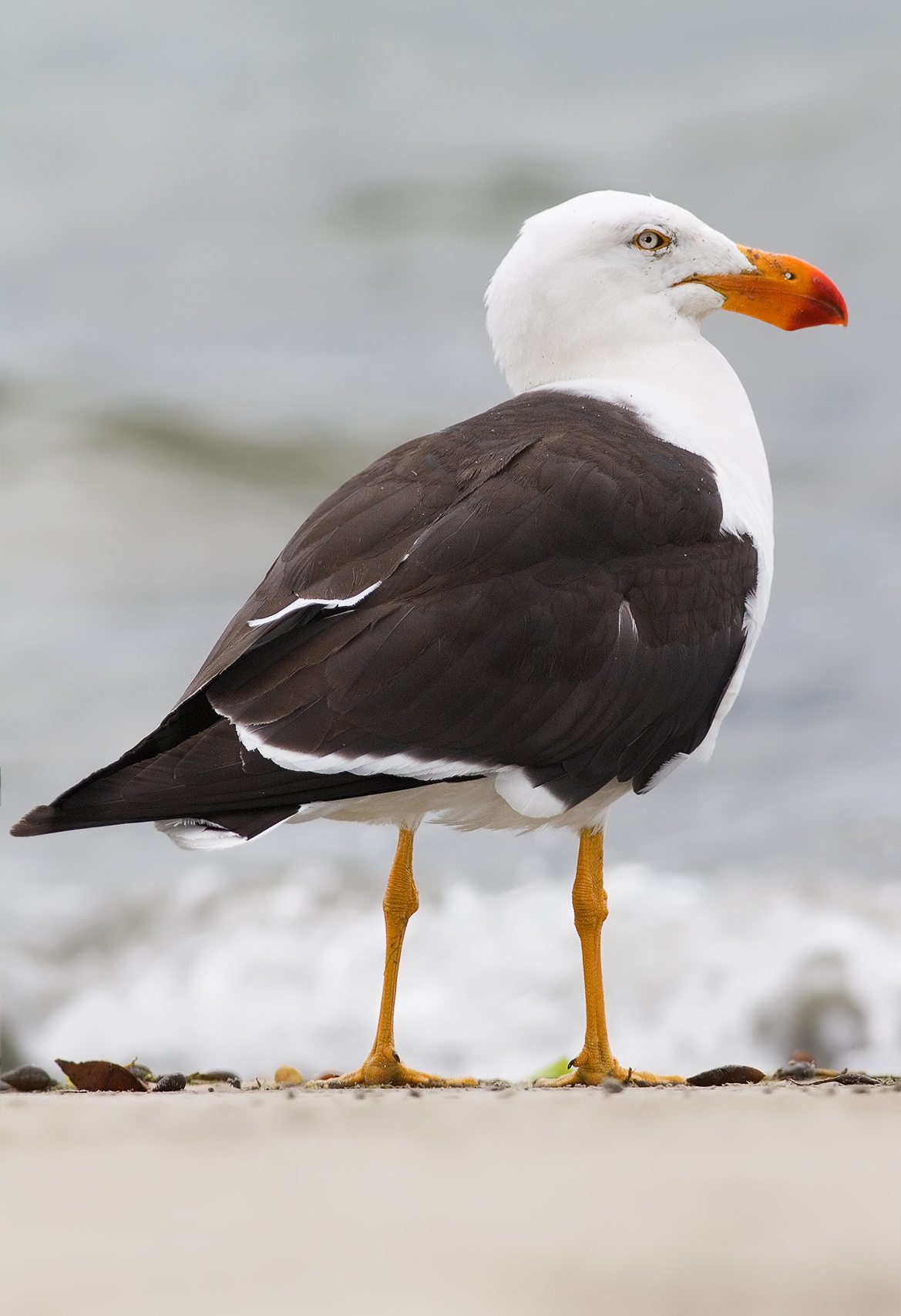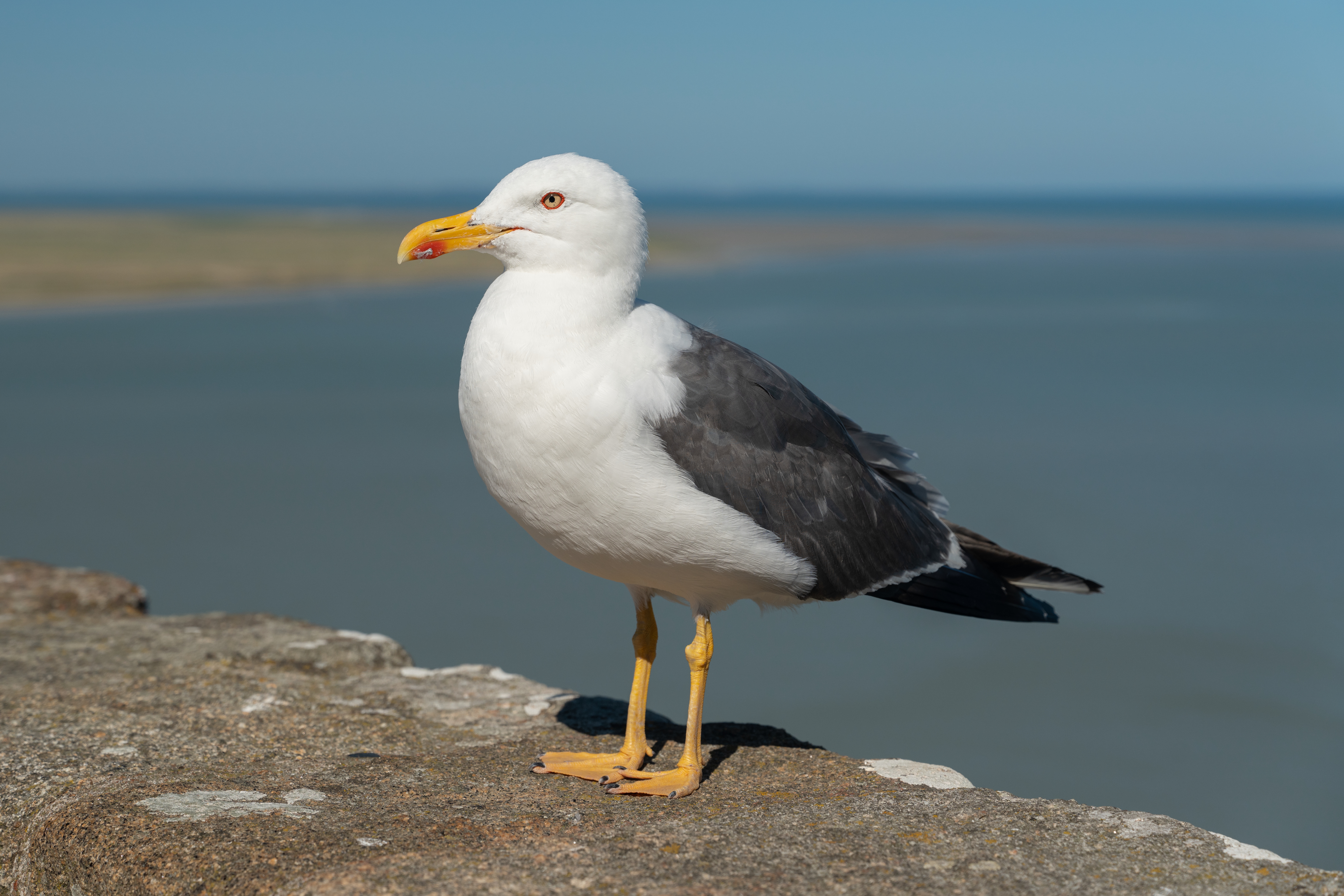|
Larus
''Larus'' is a large genus of gulls with worldwide distribution (by far the greatest species diversity is in the Northern Hemisphere). Many of its species are abundant and well-known birds in their ranges. Until about 2005–2007, most gulls were placed in this genus, but this arrangement is now known to be polyphyletic, leading to the resurrection of the genera ''Chroicocephalus'', ''Ichthyaetus'', ''Hydrocoloeus'', and ''Leucophaeus'' for many other species formerly included in ''Larus''. They are in general medium-large birds, typically pale grey to black above and white below and on the head, often with black markings with white spots ("mirrors") on their wingtips and in a few species also some black on the tail. They have stout, longish beak, bills and webbed feet; in winter, the head is often streaked or smudged dark grey. The young birds are brown, and take three to five years to reach adult plumage, with subadult plumages intermediate between the young and adult. The ... [...More Info...] [...Related Items...] OR: [Wikipedia] [Google] [Baidu] |
Great Black-backed Gull
The great black-backed gull (''Larus marinus'') is the largest member of the gull family. It is a very aggressive hunter, pirate, and scavenger which breeds on the coasts and islands of the North Atlantic in northern Europe and northeastern North America. Southern populations are generally sedentary, while those breeding in the far north (northern Norway, northwest Russia) move farther south in winter. A few also move inland to large lakes and reservoirs. The adult has a white head, neck and underparts, dark blackish-grey wings and back, pink legs and the bill yellow with a red spot. Taxonomy The great black-backed gull was one of the many species originally described by Carl Linnaeus in his 1758 10th edition of Systema Naturae, 10th edition of ''Systema Naturae'', and it still bears its original name of ''Larus marinus''. The scientific name is from Latin. ''Larus'' appears to have referred to a gull or other large seabird. The specific name ''marinus'' means "marine", or when t ... [...More Info...] [...Related Items...] OR: [Wikipedia] [Google] [Baidu] |
Gull
Gulls, or colloquially seagulls, are seabirds of the subfamily Larinae. They are most closely related to terns and skimmers, distantly related to auks, and even more distantly related to waders. Until the 21st century, most gulls were placed in the genus ''Larus'', but that arrangement is now considered polyphyletic, leading to the resurrection of several genera. An older name for gulls is mews; this still exists in certain regional English dialects and is cognate with German , Danish ', Swedish ', Dutch ', Norwegian ', and French '. Gulls are usually grey or white, often with black markings on the head or wings. They normally have harsh wailing or squawking calls, stout bills, and webbed feet. Most gulls are ground-nesting piscivores or carnivores which take live food or scavenge opportunistically, particularly the ''Larus'' species. Live food often includes crustaceans, molluscs, fish and small birds. Gulls have unhinging jaws that provide the flexibility to consume large ... [...More Info...] [...Related Items...] OR: [Wikipedia] [Google] [Baidu] |
European Herring Gull
The European herring gull (''Larus argentatus'') is a large gull, up to long. It breeds throughout the northern and western coasts of Europe. Some European herring gulls, especially those resident in colder areas, bird migration, migrate further south in winter, but many are permanent residents, such as in Ireland, Great Britain, Britain, Iceland, or on the North Sea shores. They have a varied diet, including fish, crustaceans, as well as some plants, and are also scavengers, consuming carrion and food left by or stolen from humans. Taxonomy Their scientific name is from Latin. ''Larus'' appears to have referred to a gull or other large seabird and ''argentatus'' means decorated with silver. The taxonomy of the herring gull/lesser black-backed gull is contentious, with different authorities recognising between two and eight species. This group has a ring species, ring distribution around the Northern Hemisphere. Most adjacent populations interbreed; however, adjacent terminal ... [...More Info...] [...Related Items...] OR: [Wikipedia] [Google] [Baidu] |
Lesser Black-backed Gull
The lesser black-backed gull (''Larus fuscus'') is a large gull that breeds on the Atlantic coasts of Europe. It is migratory, wintering from the British Isles south to West Africa. However, it has increased dramatically in North America, especially along the east coast. Formerly just a winter visitor to North America, it has increased and occurs in large numbers some winters and birds are now recorded year-round. However, there is serious concern about decline in many parts of its range. The species is on the UK Amber List because the UK is home to 40 per cent of the European population and more than half of these are found at fewer than ten breeding sites. Taxonomy The lesser black-backed gull was one of the many species originally described by Carl Linnaeus in his 1758 10th edition of ''Systema Naturae'', and it still bears its original name ''Larus fuscus''. The scientific name is from Latin. ''Larus'' appears to have referred to a gull or other large seabird, and ''fuscus'' ... [...More Info...] [...Related Items...] OR: [Wikipedia] [Google] [Baidu] |
Heermann's Gull
Heermann's gull (''Larus heermanni'') is a gull resident in the United States, Mexico and extreme southwestern British Columbia, nearly all nesting on Isla Rasa in the Gulf of California. They are usually found near shores or well out to sea, very rarely inland. The species is named after Adolphus Lewis Heermann, nineteenth-century explorer and naturalist. Description This species looks distinctly different from other gulls. Adults have a medium gray body, blackish-gray wings and tail with white edges, and a red bill with a black tip. The head is dusky gray in non-breeding plumage and white in breeding plumage. Immatures resemble non-breeding adults but are darker and browner, and the bill is pink till the second winter. A few birds, no more than 1 in 200, have white primary coverts, which form a showy spot on the upper wing. This gull is unlikely to be confused with other species as it is the only white-headed, gray-bodied gull found on the west coast of North America. Calls ar ... [...More Info...] [...Related Items...] OR: [Wikipedia] [Google] [Baidu] |
Belcher's Gull
Belcher's gull (''Larus belcheri''), also known as the band-tailed gull, is a bird in the family Laridae found along the Pacific coast of South America. It formerly included the very similar Olrog's gull as a subspecies, but that bird occurs on the Atlantic coast of South America and is now accepted as ''Larus atlanticus''. Belcher's gull is a medium-sized gull with a blackish mantle, white head and underparts, a black band on the otherwise white tail, and a yellow bill with a red and black tip. Non-breeding adults have a brownish-black head and a white eye-ring. The name of this bird commemorates the British explorer Sir Edward Belcher, who performed survey work on the Pacific coast of South America. Description Belcher's gull grows to a length of about . The sexes are similar in appearance, and in the breeding season, the adult has a white head and very pale grey neck and underparts. The mantle and back are greyish-black, and the tail is white with a broad black subterminal ba ... [...More Info...] [...Related Items...] OR: [Wikipedia] [Google] [Baidu] |


